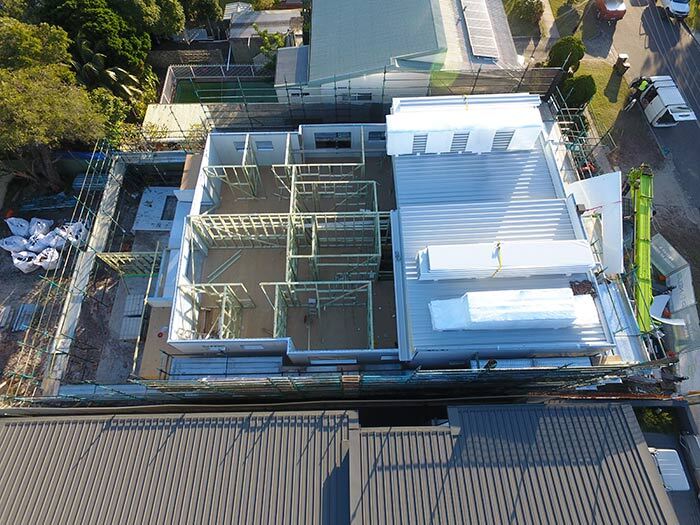[ad_1]
All architects, designers, and specifiers are familiar with the National Construction Code, or NCC. Updated at regularity, the NCC is a performance-based code of construction practices and requirements, to ensure buildings safely and sustainably perform exactly as intended to best serve both their current and also future communities.
One of the most prominent examples of this evolution in recent times has been an update to Section J – Thermal Efficiency, in the NCC 2019. This amendment mandates the reduction in greenhouse gas emissions in certain building types by 30-40% compared to the 2016 code, and presents a clear ambition to continue to move towards a future target of net zero emissions. Section J will be further amended for NCC 2022 to continue this trend.
This change effectively requires designers to consider a variety of new factors when measuring the thermal efficiency of a building – including the impact of thermal bridging, the solar absorptive outcomes of selecting specific roof colours, and the requirement to combine glazing and walling for thermal calculations instead of performing this activity separately.
“The changes have seen increased demand for insulated panel products and created new markets previously considered non-traditional,” says Geoff Marsdon, Executive General Manager at leading insulated panel manufacturer, Bondor Metecno. This has been driven largely because insulated panels have a number of positive attributes when referenced against Section J.
Top of the list is the fact that insulated panels are a form of continuous insulation, which negates the requirement for a thermal break that has now become necessary in traditional frame and sheet systems. The high thermal values afforded by panels were best illustrated in a recent study, which showed that a traditional wall system would need to be 231mm thick to achieve a NatHERS Star rating 6.1, whereas an insulated panel system only needs to be 146mm thick – an attractive proposition when it comes to maximising floorspace.
But equally as important is the fact that the cores of insulated panels (where the insulation resides) can’t be removed or altered by trades pre, or post, construction. They’re installed as part of the manufacturing process,” says Geoff. “That means their performance is guaranteed, their construct is permanent, and they can’t be installed incorrectly in any way that would compromise the total wall thermal performance.”
“The changes to Section J are a direct response to both local and global climate issues and are aimed at guaranteeing Australia’s housing performance in the face of more unstable weather in the future. Instead of the traditional view of a building being a sum of individually assessed parts, the code now requires a holistic perspective,” says Geoff. “It’s a really positive step forward because it necessitates a clear focus on the thermal relationship between a system of building products. In turn, this incentivises the inclusion of materials with superior thermal performance – and the cost philosophy shifts from construction-only to a more relevant view of full building life cycle cost.”
[ad_2]
Source link
